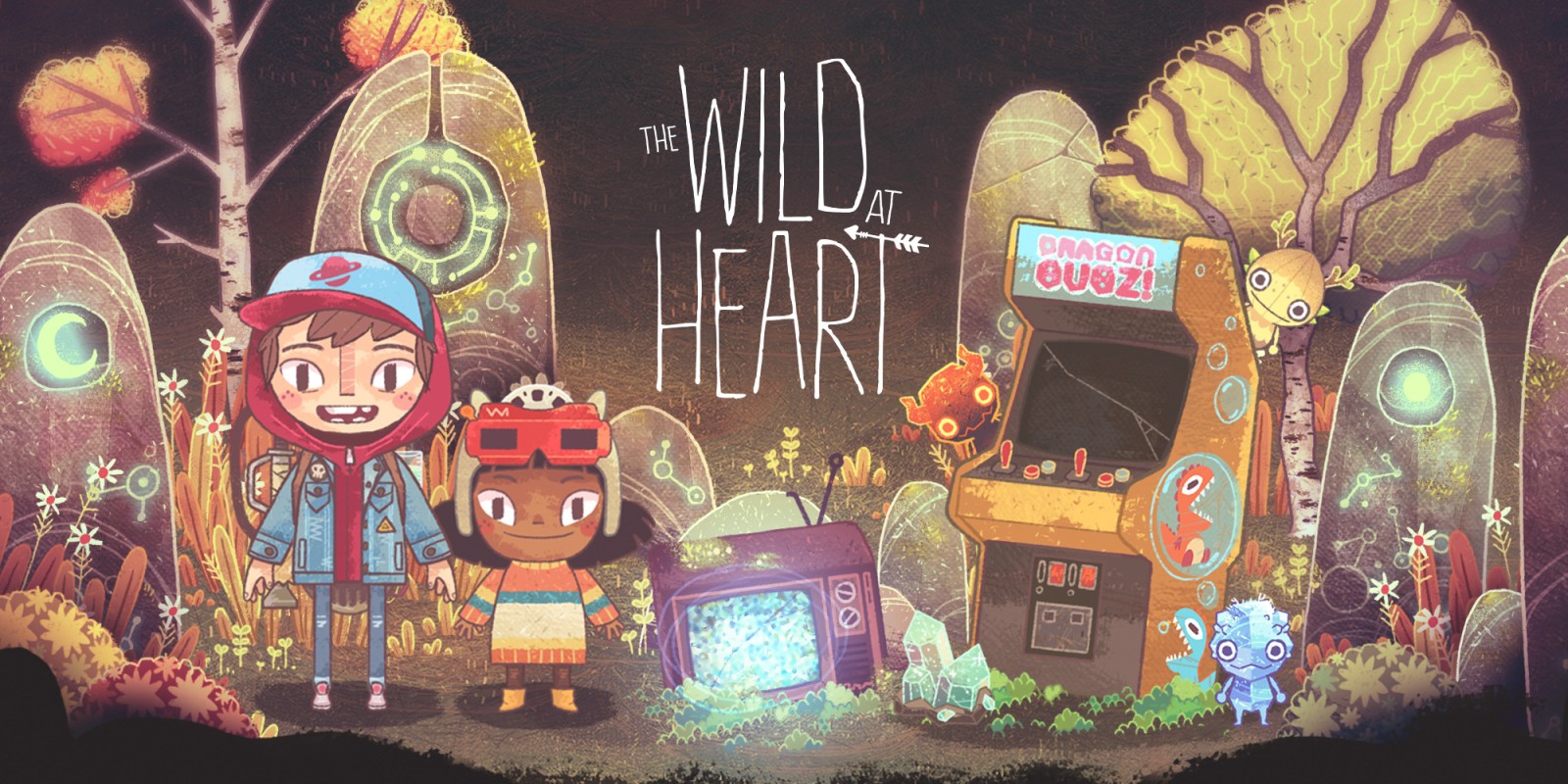

Combat is handled much akin to the swordplay in the older 3D Zelda releases, although here, it unfortunately feels far less engaging.įor one thing, you have no means of locking on to the enemy you want to face, aside from when you have your shield up and are expecting a strike. The core of the experience is centred around exploring a semi-open world in search of treasure chests and secrets, with the occasional enemy encounters or simple puzzles acting as rewarding distractions. Since the original Oceanhorn, gameplay has seen an interesting shift to a much more impressive third-person action style that still maintains the gameplay loop of the original. The story is just sort of there, acting as a way of getting your hero from one point on his quest to the next. Many times, then, it feels like the thin story doesn’t add much to the overall game, but neither does it necessarily take away from it. For example, your companions on this journey have some excellent voice work that does a great job of instilling them with personality, but the lines they actually speak mostly consist of thinly-veiled exposition dumps and passive commentary on mundane objects or enemies in the environment. The narrative is fine for what it is, but it’s the sort of thing that feels like it gets in the way of the main experience just a little too much. These warriors are led by none other than Mesmeroth, an evil warlock who was defeated in a decisive battle in generations past, and it’s up to your hero to stand up to the threat by collecting three ancient MacGuffins scattered around the world and finishing Mesmeroth off once and for all. The two live in a peaceful and quiet village, but the hero’s skills are soon called upon when a plane comes crashing down in a nearby forest, hotly pursued by a contingent of evil robotic warriors. The story sees you assuming the role of a nameless and mute hero who loves smashing pots (sound familiar?) just after he’s granted the rank of Knight by his father. It still ultimately remains trapped in the shadow of its clear inspiration, but Oceanhorn 2 nonetheless proves itself to be a nicely enrapturing action game that doesn’t overstay its welcome. Now, three years later, Oceanhorn 2: Knights of the Lost Realm has seen a release on Switch, bringing with it the promise of evolved gameplay built upon the strengths of the original. Played from a top-down perspective, Oceanhorn was rather forthright with how heavily it was cribbing from Zelda’s playbook, but it was largely received well due to how effectively it emulated Nintendo’s storied franchise. Still, those who snooped around the eShop could find some gems that were certainly worth a punt, and one of those early titles was Oceanhorn: Monster of Uncharted Seas.

#NINTENDO SWITCH OCEANHORN 2 PORTABLE#
It goes without saying that the early months of the Switch saw the new console effectively being defined as a portable Breath of the Wild machine that you could also maybe play other games on if you really wanted to. It’s still impressive how they managed to cram this gigantic world to explore, even on Switch.Captured on Nintendo Switch (Handheld/Undocked) As a game designer myself, I can see where they were coming from they just either needed more revisions, more testing, or perhaps just scaled features back a bit. Though I will say that all of these things, yes even the acting, have potential. The dialogue is still strange, the voice actors are terrible (lookin’ at you, Trin), puzzles are either too easy or obtuse, and combat is still clunky.

Compared to the original Apple Arcade version, everything in that department remains exactly the same. Most of the complaints I had in my review were about the game’s design and bad voice acting, which a port unfortunately cannot fix. The game overall feels better and looks better on Switch. I also noticed that the game stuttered a bit less than its mobile sister, though I still encountered it, especially on the world map, and even ran into a crash or two. The game looks much better, either docked or undocked, which may be a result of a larger screen. There also the benefit of being able to use your shield at any time, which is the only way to lock onto enemies. Even having used a controller to play the majority of the game on that platform, controls just feel tighter and more responsive. I immediately noticed the benefits of not being on an iPhone. But does this port fix the many other issues I had with the game? Now the game has made its way to the Nintendo Switch, fitting for its clear Zelda inspiration. When I reviewed Oceanhorn 2 on Apple Arcade, I mentioned that the game, while very pretty, had a few control and graphical issues as well as causing my phone to get quite hot.


 0 kommentar(er)
0 kommentar(er)
